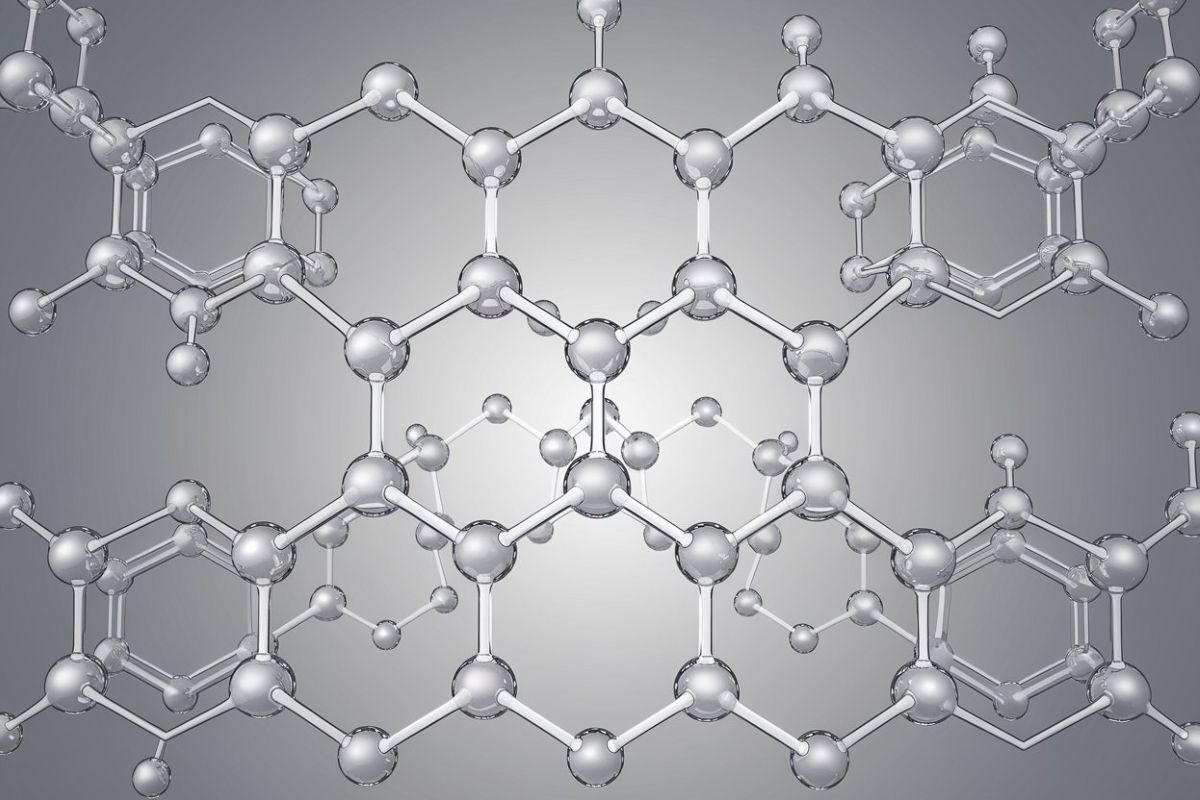
n-Tetratriacontane might sound like a mouthful, but this hydrocarbon is more common than you think. Found in various natural sources, it plays a crucial role in many industries. What exactly is n-Tetratriacontane? It's a straight-chain alkane with 34 carbon atoms, making it part of the paraffin series. This compound is solid at room temperature and has a waxy texture. Its uses range from lubricants to coatings, and even in the production of candles. Understanding n-Tetratriacontane can help you appreciate the science behind everyday products. Ready to dive into some cool facts about this fascinating molecule? Let's get started!
What is n-Tetratriacontane?
n-Tetratriacontane is a long-chain hydrocarbon with the chemical formula C34H70. It belongs to the alkane family, which consists of carbon and hydrogen atoms arranged in a straight chain. This compound is fascinating due to its unique properties and various applications.
-
Chemical Structure: n-Tetratriacontane has a linear structure with 34 carbon atoms and 70 hydrogen atoms. This makes it a saturated hydrocarbon, meaning all carbon-carbon bonds are single bonds.
-
Melting Point: The melting point of n-Tetratriacontane is around 72°C (162°F). This relatively high melting point is due to the long carbon chain, which requires more energy to break apart.
-
Boiling Point: Its boiling point is approximately 490°C (914°F). Such a high boiling point indicates strong intermolecular forces within the compound.
Where is n-Tetratriacontane Found?
This hydrocarbon can be found in various natural and synthetic sources. Its presence in different environments highlights its versatility.
-
Natural Waxes: n-Tetratriacontane is a component of natural waxes, such as beeswax and carnauba wax. These waxes are used in various products, from candles to car polishes.
-
Petroleum: It is also found in crude oil and natural gas. During the refining process, n-Tetratriacontane can be isolated and used for various industrial purposes.
-
Synthetic Production: This compound can be synthesized in laboratories through the polymerization of smaller hydrocarbons. This method allows for the production of pure n-Tetratriacontane for research and industrial use.
Applications of n-Tetratriacontane
The unique properties of n-Tetratriacontane make it useful in several industries. Its applications range from everyday products to specialized industrial uses.
-
Lubricants: Due to its high melting and boiling points, n-Tetratriacontane is used as a lubricant in high-temperature environments. It helps reduce friction and wear in machinery.
-
Cosmetics: This hydrocarbon is an ingredient in some cosmetics, such as lip balms and moisturizers. It provides a smooth texture and helps lock in moisture.
-
Phase Change Materials: n-Tetratriacontane is used in phase change materials (PCMs) for thermal energy storage. These materials absorb and release heat during phase transitions, making them useful in temperature regulation systems.
Interesting Properties of n-Tetratriacontane
Beyond its practical applications, n-Tetratriacontane has some intriguing properties that make it a subject of scientific study.
-
Hydrophobic Nature: n-Tetratriacontane is hydrophobic, meaning it repels water. This property makes it useful in waterproof coatings and treatments.
-
Crystalline Structure: When solid, n-Tetratriacontane forms a crystalline structure. This structure contributes to its high melting point and stability.
-
Non-Polar Molecule: As a non-polar molecule, n-Tetratriacontane does not dissolve in water but is soluble in non-polar solvents like hexane and benzene.
Environmental Impact of n-Tetratriacontane
Understanding the environmental impact of n-Tetratriacontane is crucial, especially given its presence in petroleum products.
-
Biodegradability: n-Tetratriacontane is not easily biodegradable. This means it can persist in the environment for a long time, potentially causing pollution.
-
Toxicity: It is considered non-toxic to humans and animals. However, its long-term environmental effects are still being studied.
-
Oil Spills: In the event of an oil spill, n-Tetratriacontane can contribute to the overall environmental damage. Cleanup efforts must consider its persistence and potential impact on marine life.
Final Thoughts on n-Tetratriacontane
n-Tetratriacontane, a long-chain hydrocarbon, plays a crucial role in various industries. Found in natural waxes, it’s used in cosmetics, pharmaceuticals, and even as a lubricant. Its high melting point makes it ideal for creating stable products. This hydrocarbon also serves as a reference material in scientific research, helping to calibrate instruments and validate methods. Despite its complex name, n-Tetratriacontane is a fundamental component in everyday items. Understanding its properties and applications can shed light on its importance in both industrial and scientific contexts. Whether you’re a student, a researcher, or just curious, knowing about n-Tetratriacontane enriches your knowledge of chemistry and its practical uses. Keep exploring the fascinating world of hydrocarbons, and you’ll discover how these seemingly simple molecules impact our daily lives in significant ways.
Was this page helpful?
Our commitment to delivering trustworthy and engaging content is at the heart of what we do. Each fact on our site is contributed by real users like you, bringing a wealth of diverse insights and information. To ensure the highest standards of accuracy and reliability, our dedicated editors meticulously review each submission. This process guarantees that the facts we share are not only fascinating but also credible. Trust in our commitment to quality and authenticity as you explore and learn with us.


